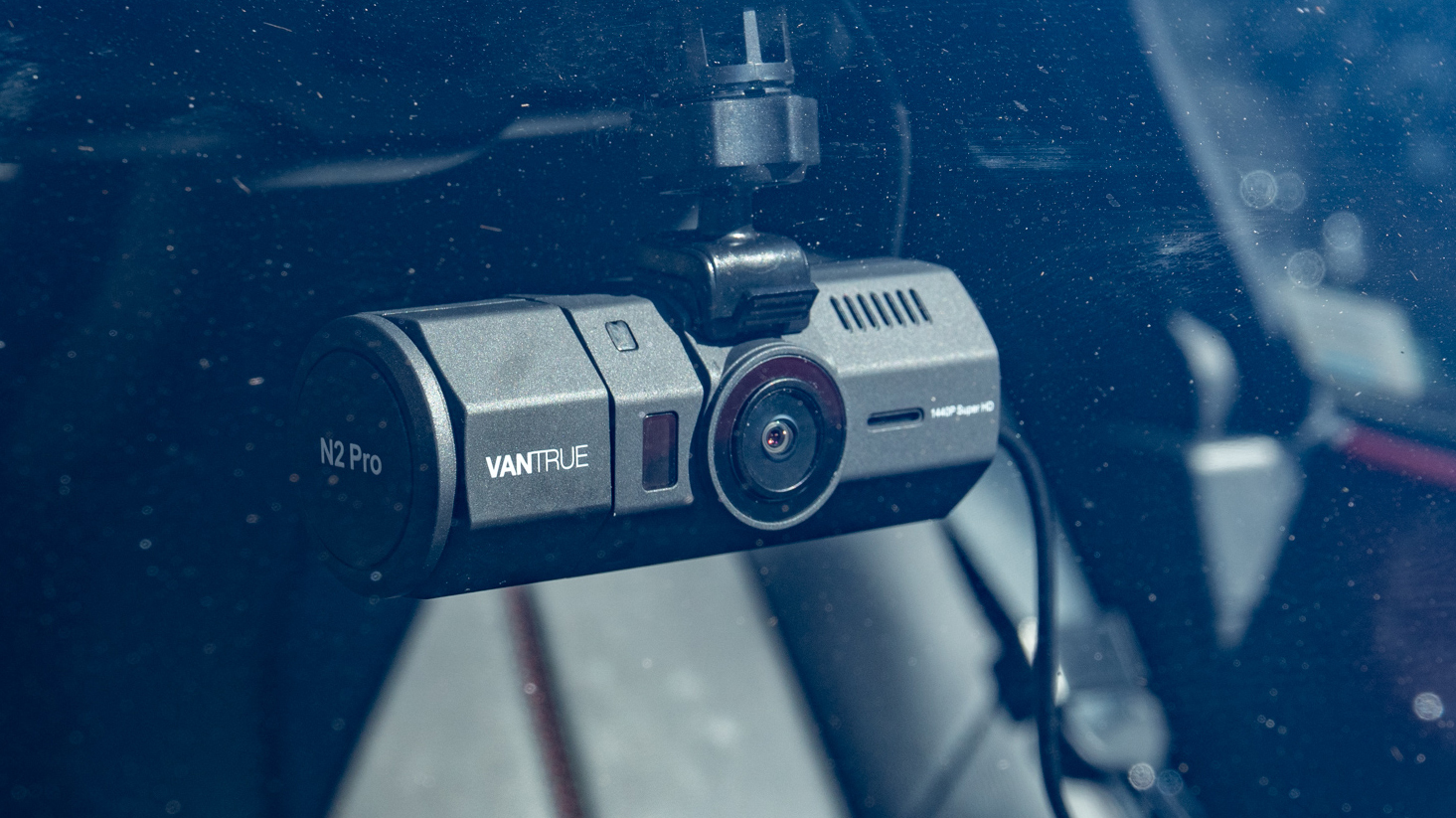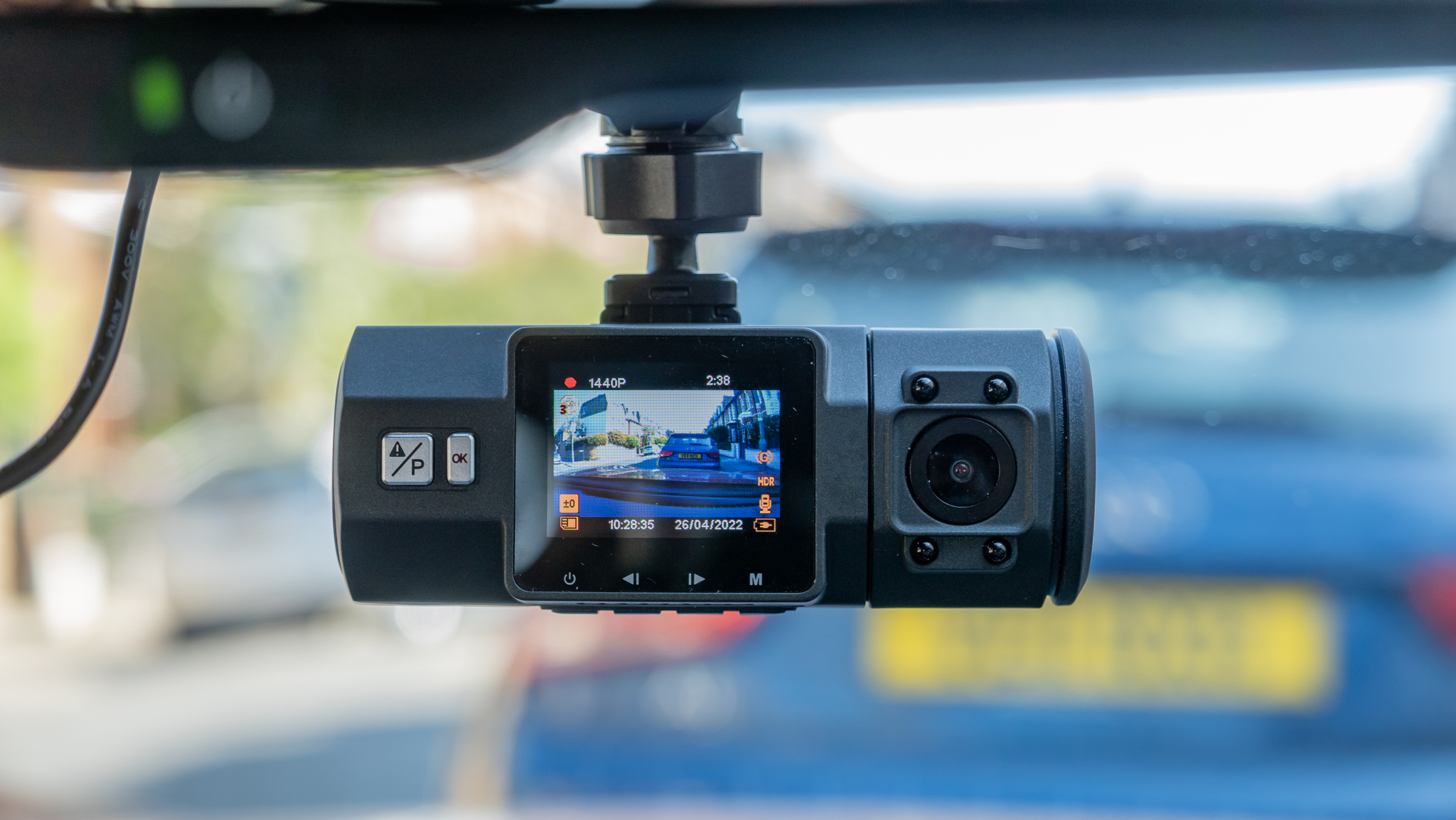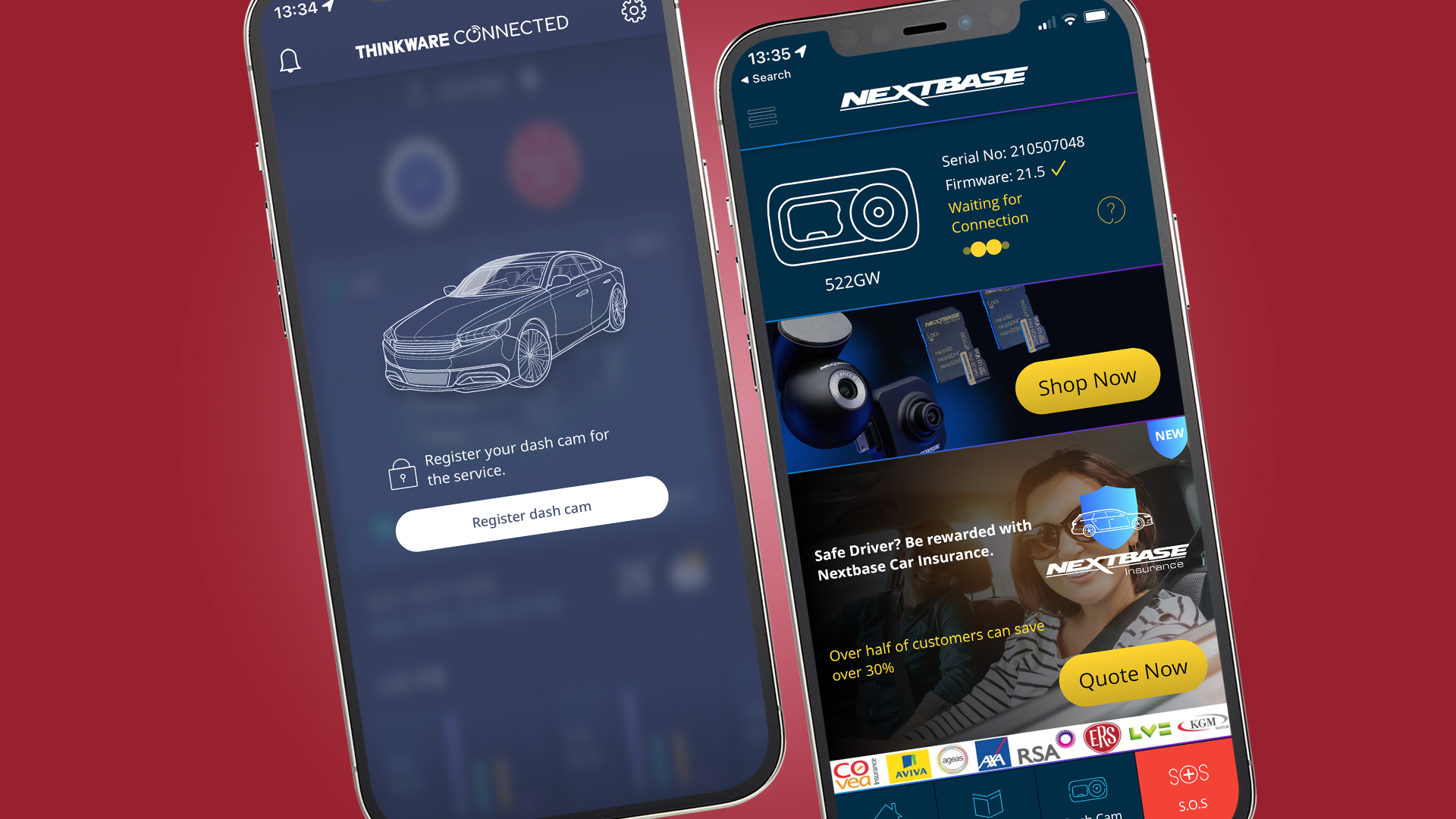This simple dash cam makes me wish they'd all quit feature creep for good
Opinion: It isn't a looker, but the Vantrue N2 Pro has a point

Dash cams are the latest products to suffer from the indignity of feature creep. Endemic across the tech landscape, this is where a once-simple device is pumped so full of functions and features, usually by the marketing department, that its primary purpose is diluted – and, often, buyers no longer receive good value for money.
Once upon a time, the humble dash cam fixed to the windscreen of your car and quietly recorded a view of the road ahead. Then, when its g-sensor detected a collision, a portion of that video would be saved, ready to prove your innocence. Now, though, some models have speed camera alerts, Alexa voice control, their own 4G connections, emergency SOS calling functions, optional rear-facing cameras, car battery health check systems and much more besides.

Some handle all of these features well enough, and TechRadar has awarded five stars to the best dash cams like the Nextbase 622GW. These tech-packed models are often still impressive pieces of technology, and as their reviewers we're happy to recognize this when it's done well.
But when the Vantrue N2 Pro landed on my desk, I began to wonder if dash cams have gone too far. No, I hadn’t heard of the manufacturer either and, yes, it’s one ugly piece of kit. I can only assume form is indeed following function, but hasn’t yet arrived.

Safe to say, it wasn’t the looks of the N2 Pro that caught my attention and made me rethink the approach of most other dash cam manufacturers. Instead, it was the lack of features – and, specifically, a lack of connectivity.
There is no Wi-Fi or Bluetooth, and certainly no SIM card slot. This means no smartphone app, no tedious setup process, and no sharing of personal data with a hitherto unheard of company.
Instead, you just attach it to the windscreen with a suction cup, switch it on, navigate through the (admittedly clunky) menu system to adjust a few parameters like video resolution and microphone use, and that’s it.
Sign up for breaking news, reviews, opinion, top tech deals, and more.
It is the very definition of a set-it-and-forget-it device; one that starts working when you fire up the car and simply gets on with its job. Not one that reports a loss of phone connectivity before you’ve even reached the end of the street.
Road to bloatware
But what about all those missing features? Many modern cars now have their own SOS calling function that phones up the emergency services if a severe collision is detected and the driver is unresponsive.
The same goes for lane departure warnings, and a similar proportion of vehicles also have alerts for speed and red light cameras – and if yours doesn’t, the navigation system you already use might well.

Similarly, Alexa, or whichever voice assistant you prefer, and car infotainment systems like Apple CarPlay and Android Auto already do as you ask. Truthfully, have you ever longed for the ability to ask your dash cam to take a photo or record a timelapse as you drive along? Voice assistants are for setting a kitchen timer without smearing food on your phone. Not this.
And then there are the smartphone apps. I challenge you to find a dash cam review where the app is listed as one of its best features. It rarely is. Instead, the app usually appears in the ‘cons’ and ‘reasons to avoid’ sections, placed there by a reviewer who is at least relieved that, once everything is set up, the app can mostly be avoided for the lifetime of the camera.
In any case, I’m fairly certain that, post-crash, I would reach for the camera in its entirety, or perhaps remove the microSD card, instead of tediously connecting over Wi-Fi to transfer insurance claim-critical footage to my phone.
Keeping it simple
The Vantrue N2 Pro isn’t perfect. For starters, it’s intended for taxi and rideshare drivers, so has a second camera facing the interior to record unruly passengers. It isn’t for regular motorists, but its unconnected, simplicity-first ethos most certainly is.
One key piece of connectivity it admittedly lacks is GPS, which on other dash cams adds accurate location and speed data to video recordings. This is a genuinely useful feature that the N2 Pro misses to its detriment, but at least Vantrue sells an optional windscreen mount with integrated GPS for those who want it.
Another dash cam that keeps things relatively simple is the Garmin Dash Cam Mini 2, which is incredibly compact thanks to its lack of a display or driver assistance systems. Just two buttons occupy the exterior, and while there are voice commands and Wi-Fi for video transfer, their use isn’t compulsory. Of the many dash cams I’ve reviewed over the years, it might just be my favorite.

Tellingly, most dash cams will perform their basic function – recording video and saving it when a collision is detected – without any setup at all. And yet, all too often, the ownership experience is blighted by manufacturers’ insistence that you first install a clunky smartphone app, update the firmware and surrender your personal details in order to create an account for receiving spam emails.
Some consumers may well benefit from every feature top-end dash cams have to offer – someone, somewhere might even be delighted about the inclusion of what3words support.
But for everyone else, I believe cost-effective simplicity reigns supreme. That way, you don’t feel pressured into paying more for a dash cam full of features you won’t use, the entire ownership experience is simplified, and manufacturers can focus on nailing the basics instead of overwhelming buyers with superfluous bells and whistles.

Alistair Charlton is based in London and has worked as a freelance technology and automotive journalist for over a decade. A lifelong tech enthusiast, Alistair has written extensively about dash cams and robotic vacuum cleaners for TechRadar, among other products. As well as TechRadar, he also writes for Wired, T3, Forbes, The Independent, Digital Camera World and Grand Designs Magazine, among others.